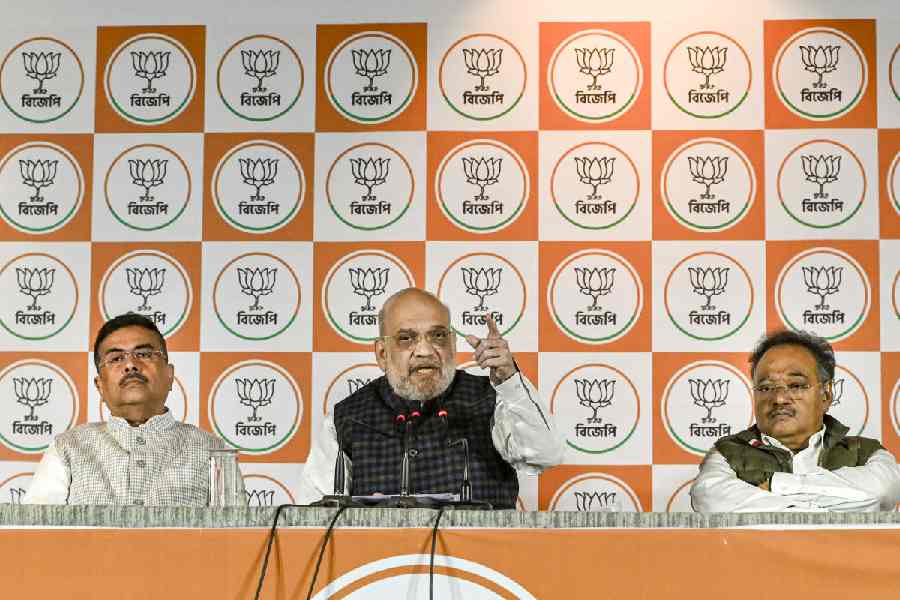The Indian economy grew 6.1 per cent in the fourth quarter of the last fiscal that took the growth rate for 2022-23 to 7.2 per cent, lower than the 9.1 per cent expansion in the previous fiscal.
Asia’s third-largest economy beat all estimates to grow 6.1 per cent in January-March, the last quarter of the 2022-23 fiscal, up from a revised 4.5 per cent in the previous quarter, government data released Wednesday showed.
The growth was boosted by a 5.5 per cent expansion in agriculture and a 4.5 per cent growth in manufacturing. Other sectors of the economy — construction, services and mining — also posted handsome growth rates.
The economic expansion was recorded at 6.1 per cent during the March 2023 quarter, while it was 4.5 per cent in October-December and 6.2 per cent in July-September 2022.
The growth was 13.1 per cent in April-June 2022. High-frequency indicators showed the economy gaining momentum in April thanks to higher tax collections and a booming services sector. But exports and imports declined, smudging the outlook. Barring the monsoon and geo-political risks, the economy may exceed the initial estimate of 6.5 per cent for the current fiscal (April 2023 to March 2024).
A stable current account deficit, rising foreign exchange reserves and inflation slowing to an 18-month low of 4.7 per cent are positives for the economy. A below-normal monsoon or a hot summer impacting crops as well as volatile global commodity prices fuelling inflation pose some of the risks.

Rumki Majumdar, economist, Deloitte India, said the GDP numbers were “pleasantly surprising but not completely unexpected”.
“The rebound in manufacturing is the cherry on top since the modest recovery in the sector was a concern for policymakers,” Majumdar said.
“Strong manufacturing and construction growth is encouraging because it is key to private investment in the coming quarters. With industry capacity utilisation rates and the government’s capex spending reaching high levels, private investments will crowd in sooner than expected. High-frequency data on credit disbursement and light diesel oil consumption also suggest higher manufacturing activity in this fiscal.”
Gross value added (GVA) growth during the fiscal ending March 2023 was 7 per cent against an 8.8 per cent growth in the preceding year.
GVA growth in the manufacturing sector accelerated to 4.5 per cent in the March 2023 quarter against 0.6 per cent a year ago.










